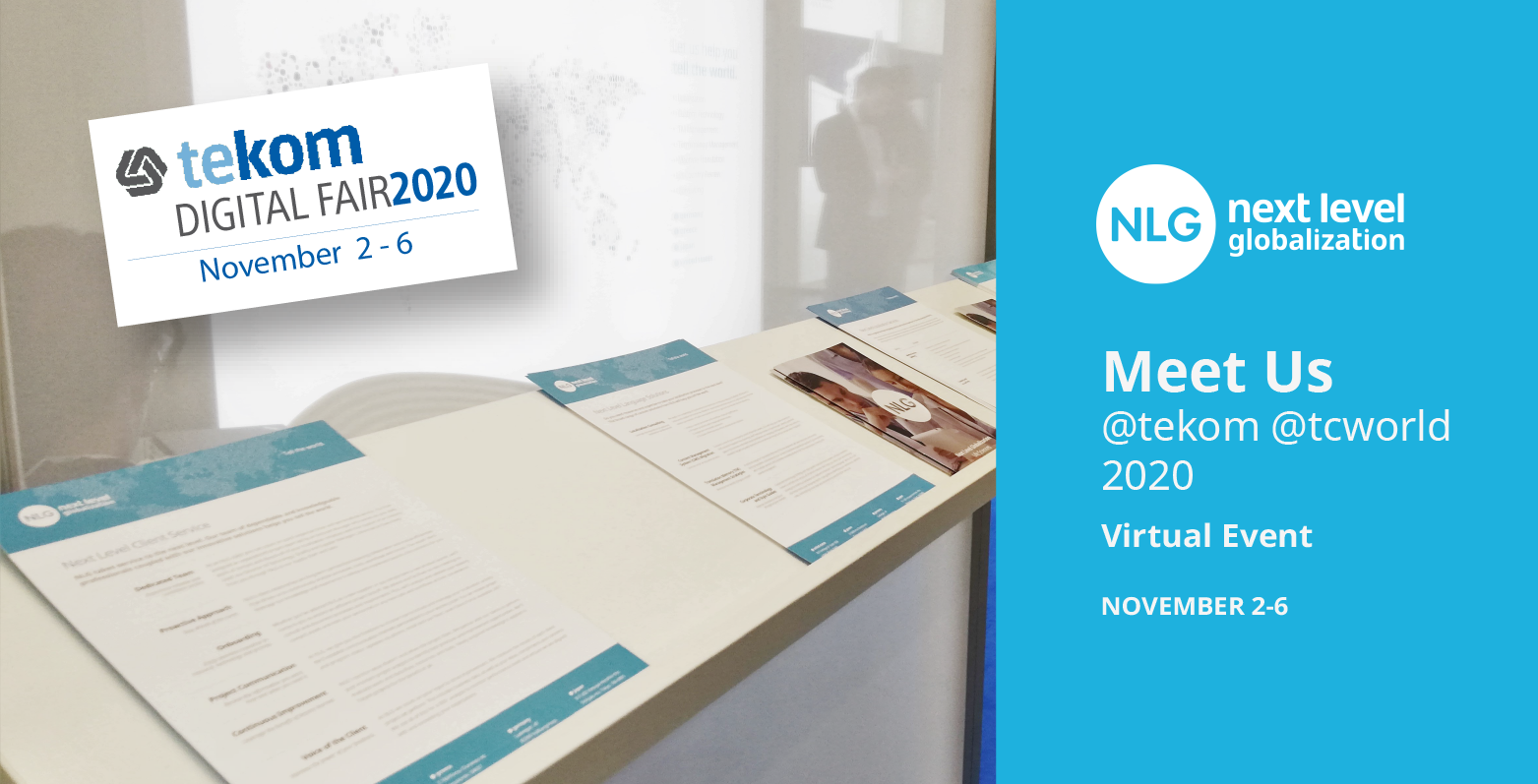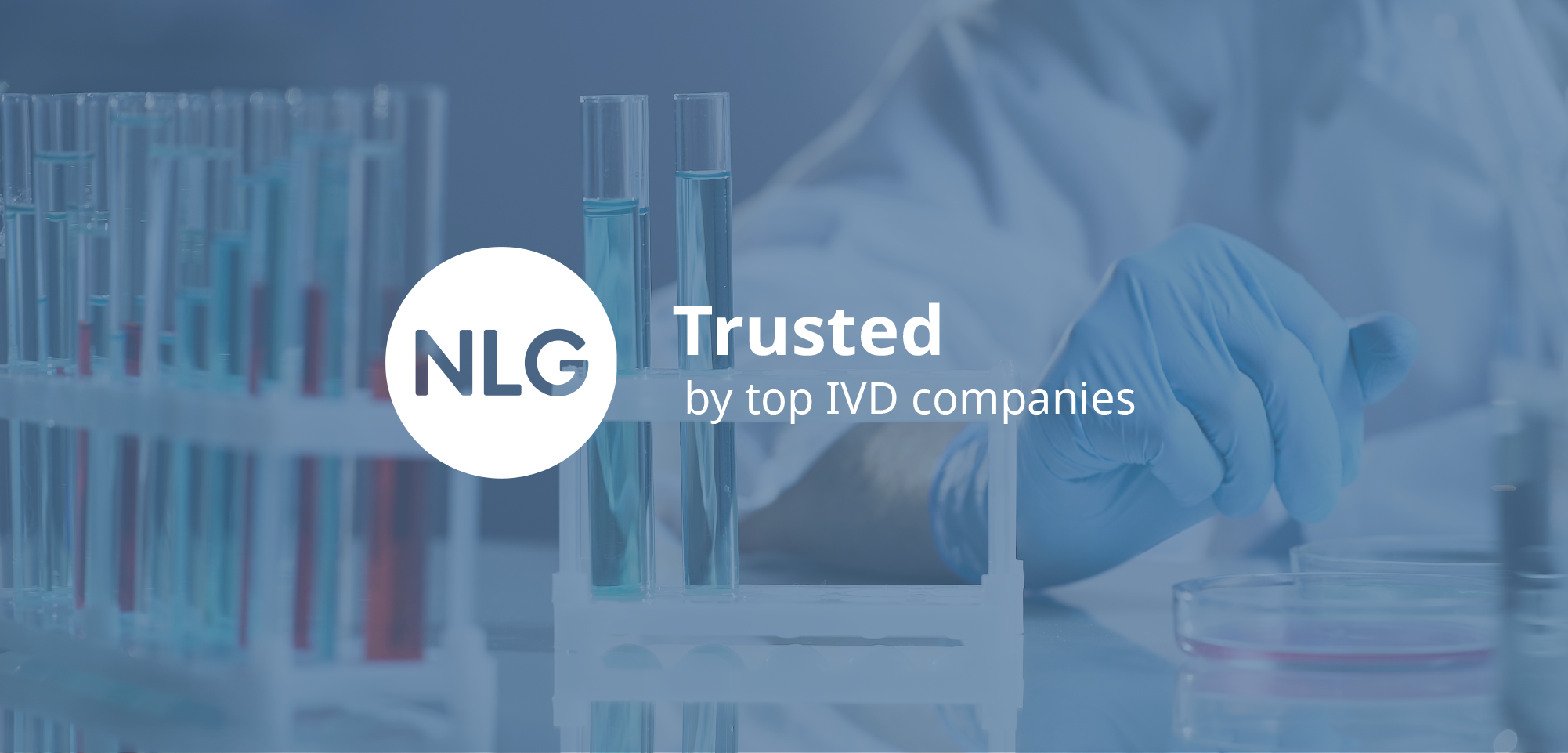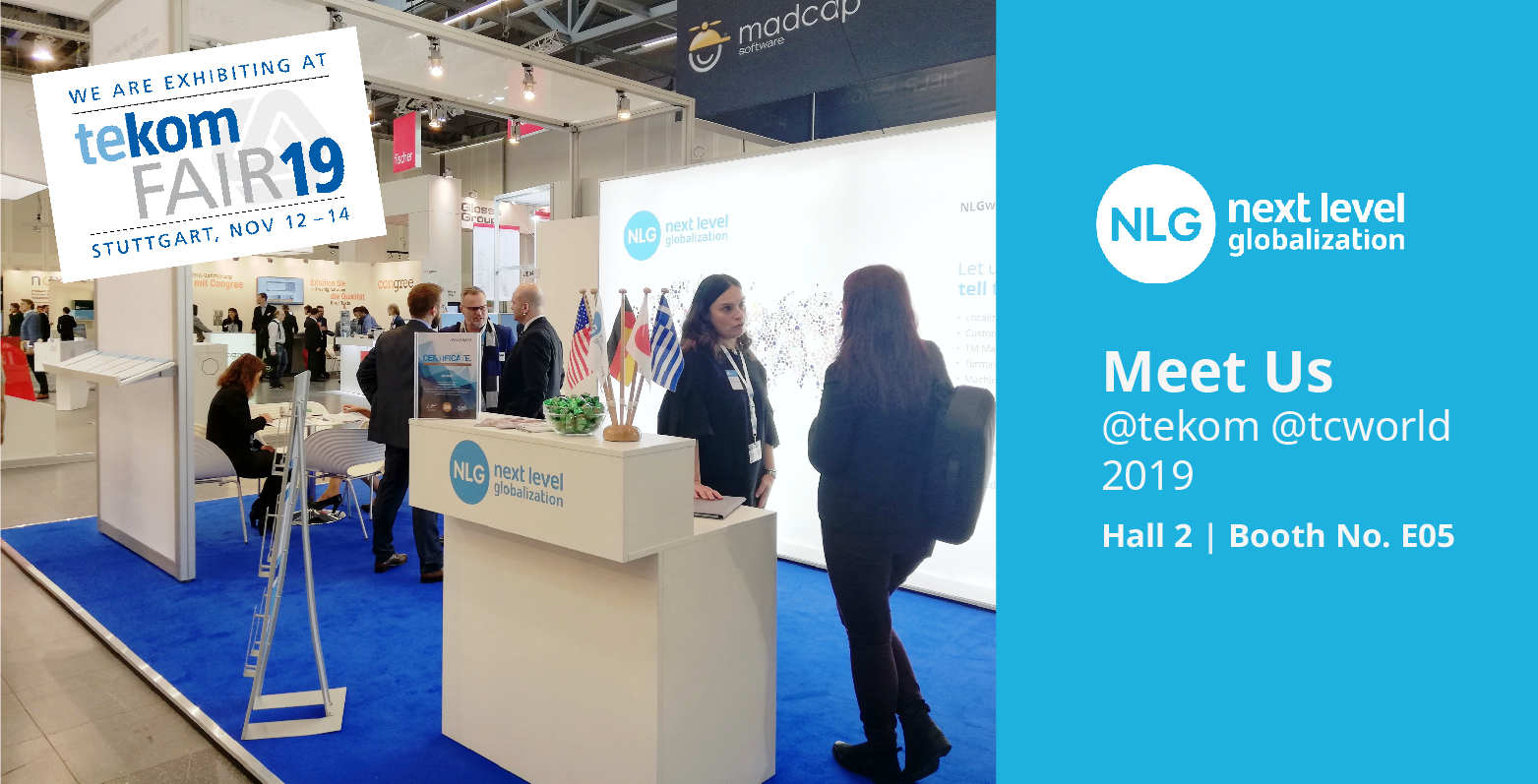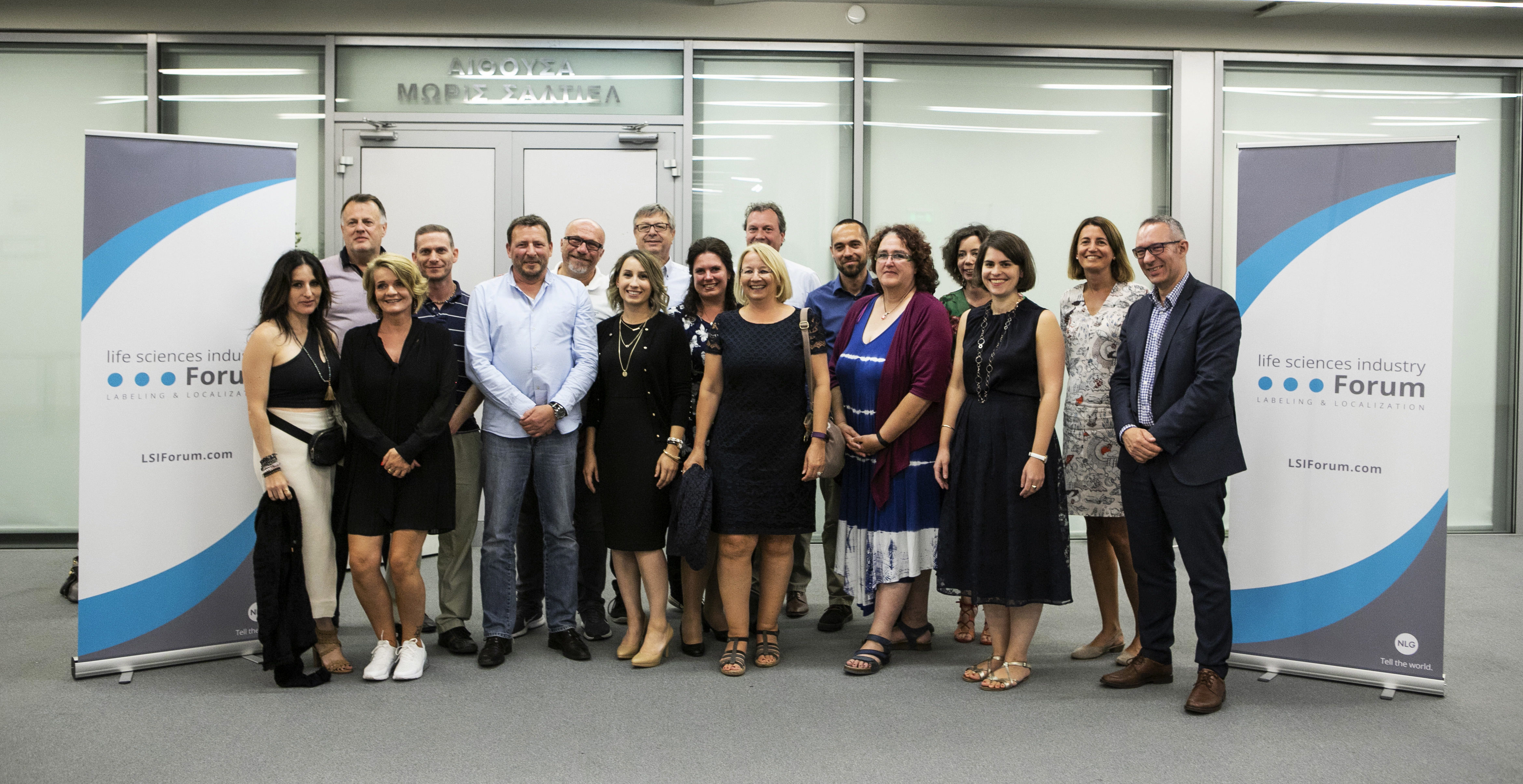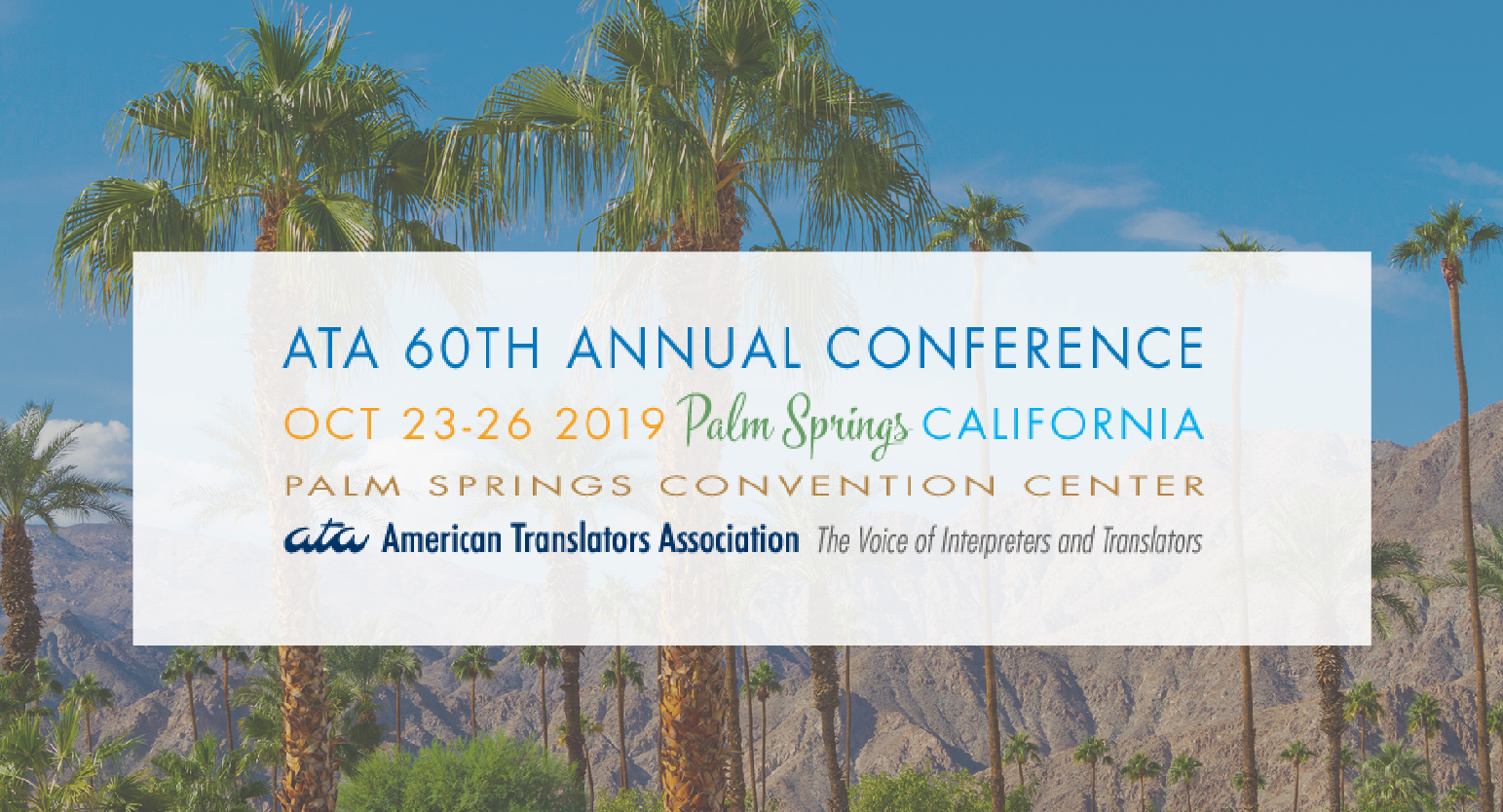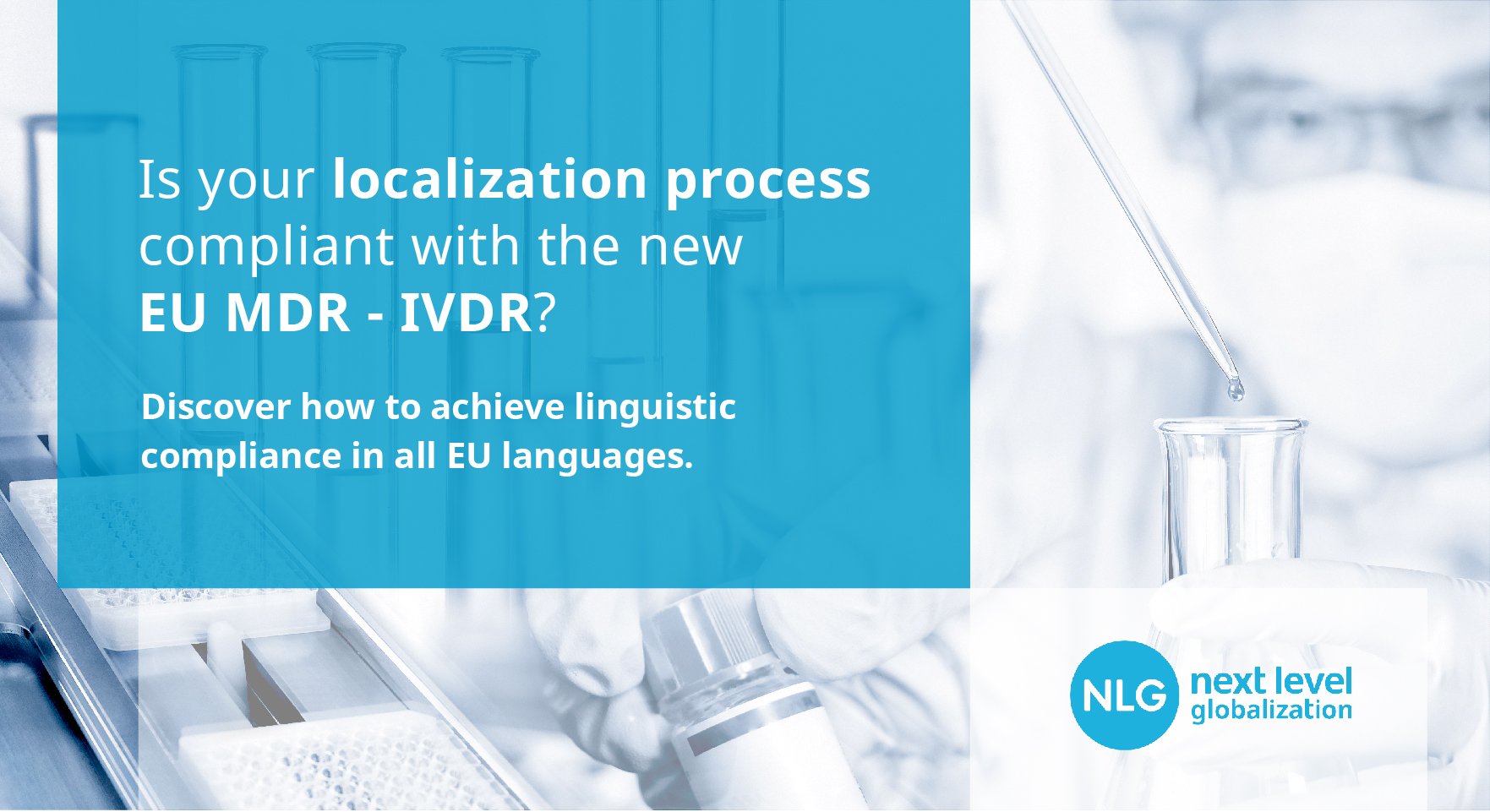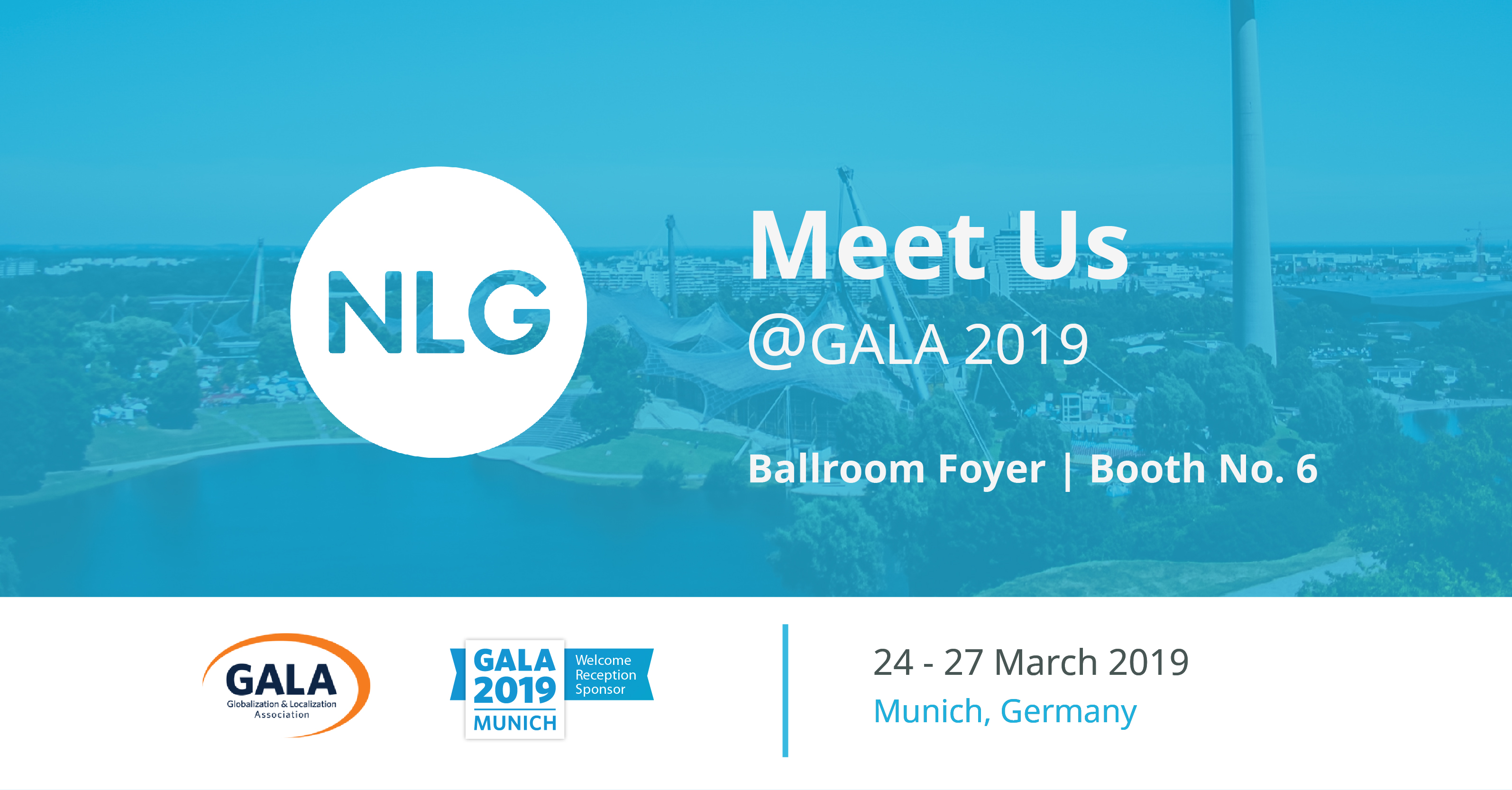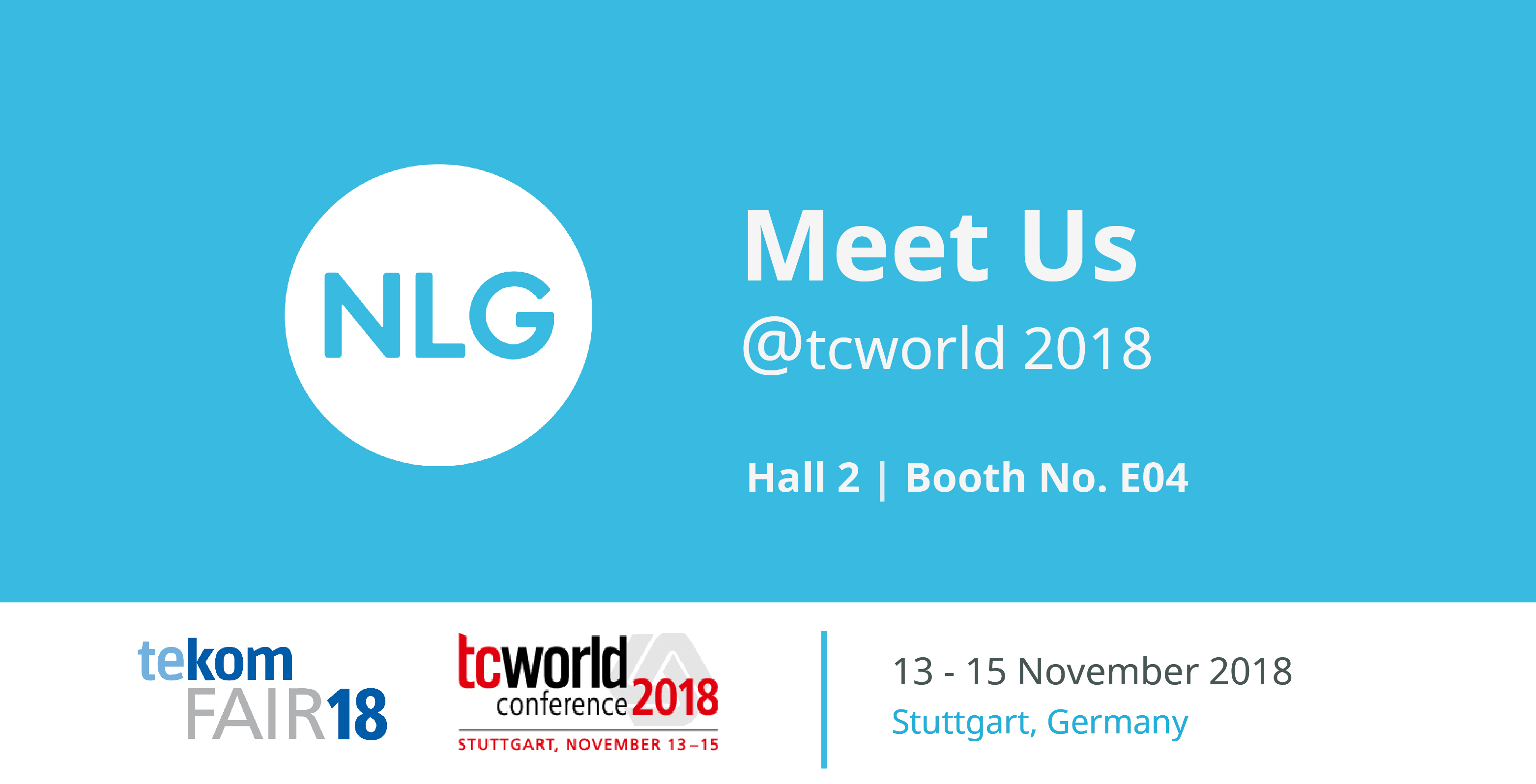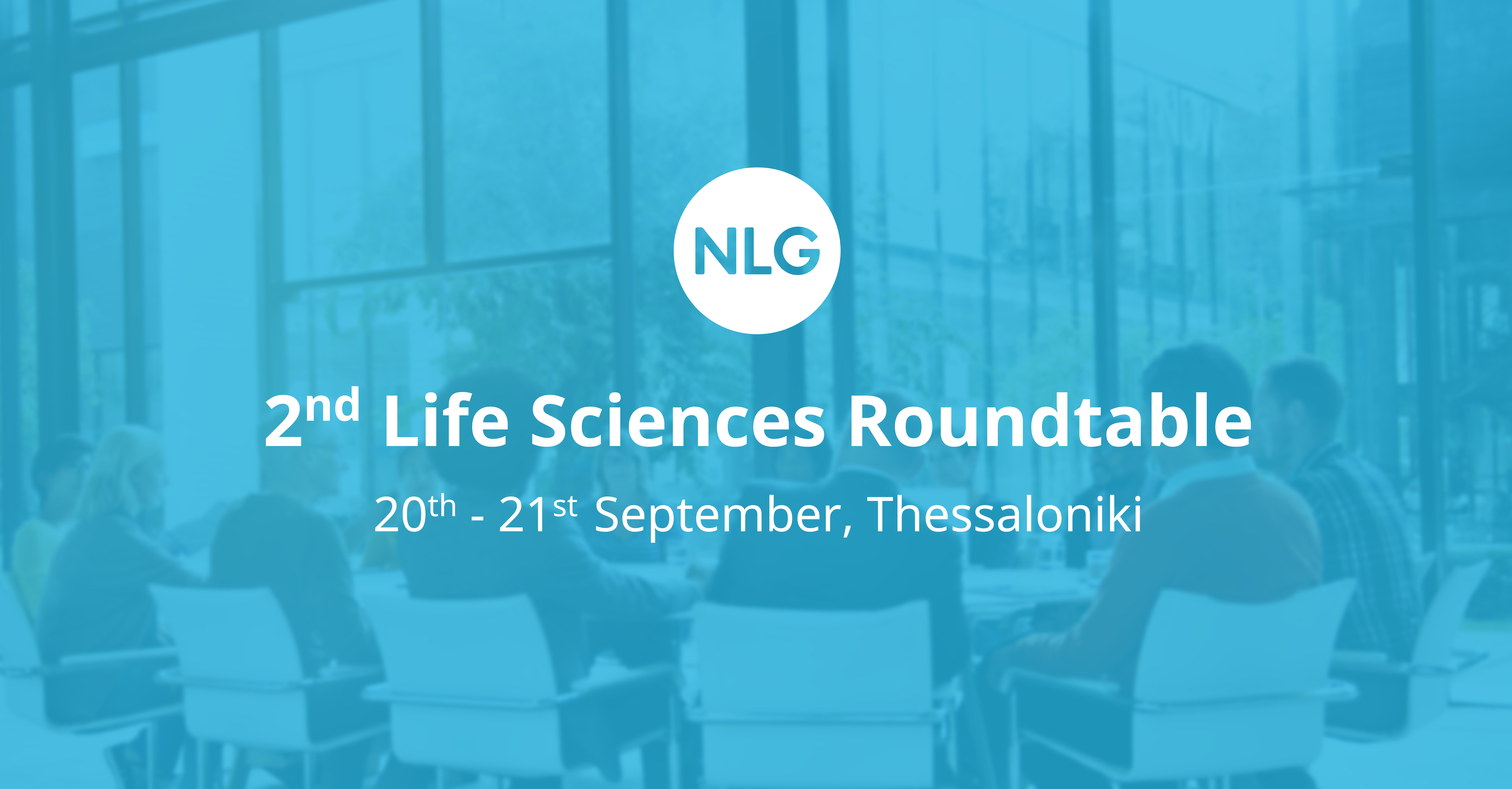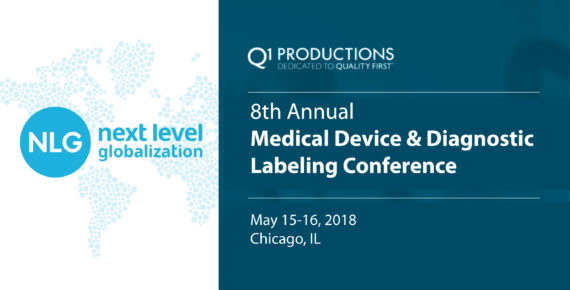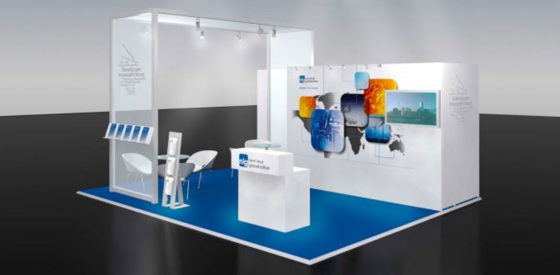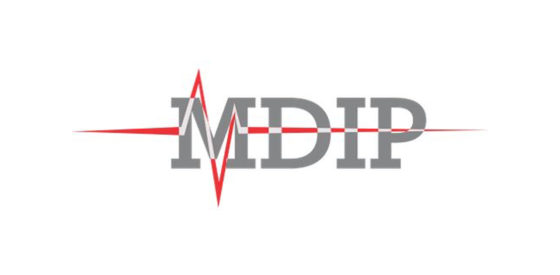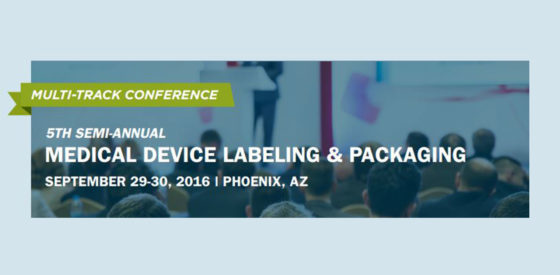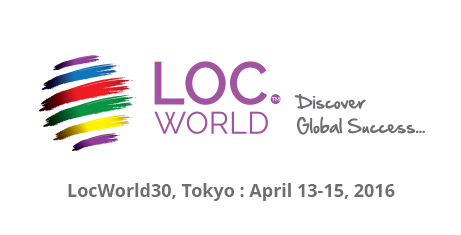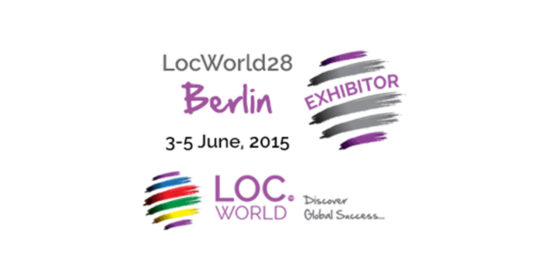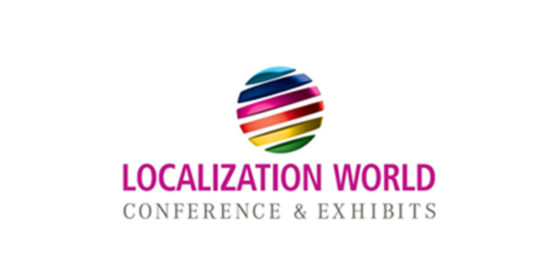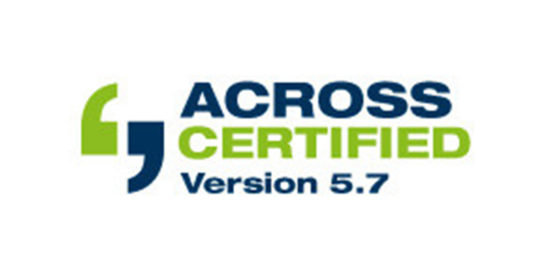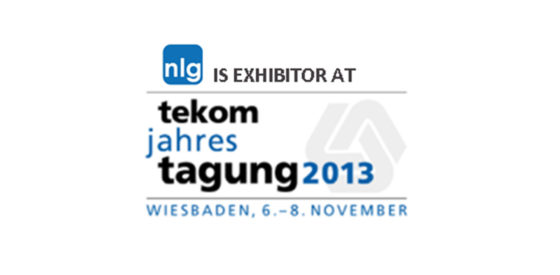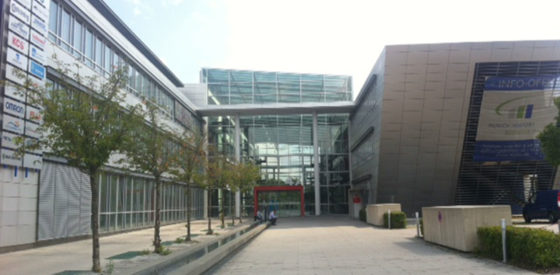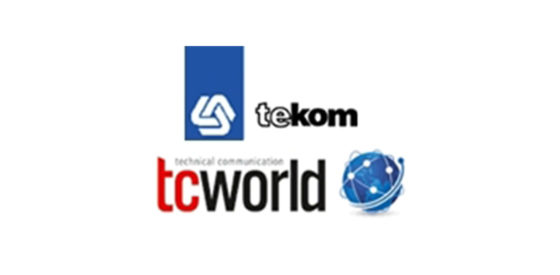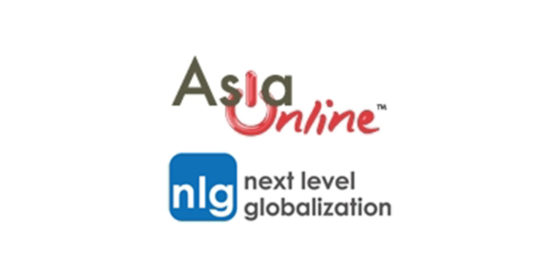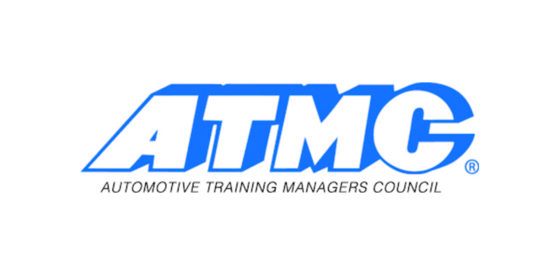Free White Paper! Learn how to clean up and harmonize your translation memory for best results.
July 25, 2017 | NLG News
Inconsistent, polluted translation memories? It might be time for a TM spring cleaning. Here is how you will clean up and harmonize your translation memory for best results.
Translation memories (TMs) continually grow over time with increasing localization activities. At the same time, corporate terminology is often created and managed in a parallel process, not in sync with the TM development. This situation inevitably leads to significant inconsistencies between a company’s content assets and can jeopardize quality while increasing cost and process time. So how we can overcome this hurdle?
It’s quite common that companies dealing with high volume TM assets consider their translation memories to be polluted with inconsistencies. But even if they know the problem, they often hesitate to take action, fearing the resulting costs.
What are the challenges?
Two main issues can cause inconsistent translation memories:
- Inconsistencies in target translations
- Inconsistencies between validated corporate terminology and the terms used in the TMs
The dilemma begins when new content is created or updated by reusing previously translated and approved content. Should the new deltas follow the approved terminology, leading to inconsistent use of terms between new content and legacy approved content? Or should the approved terminology be ignored to create consistent documents, which results in losing the meaning and power of a validated corporate terminology?
Want to learn more? Download your free copy here
